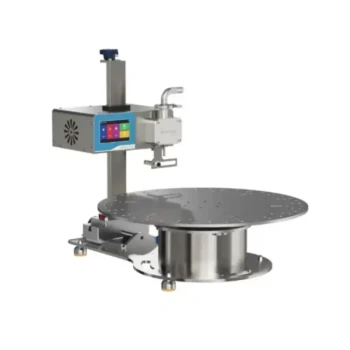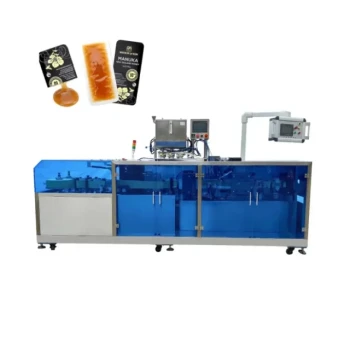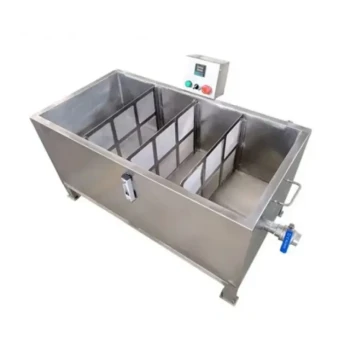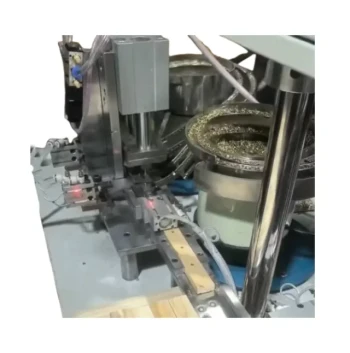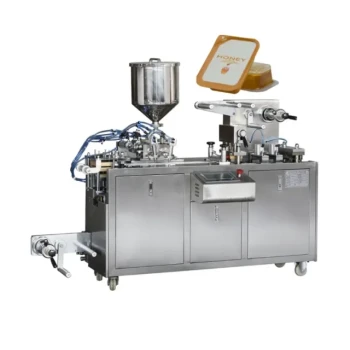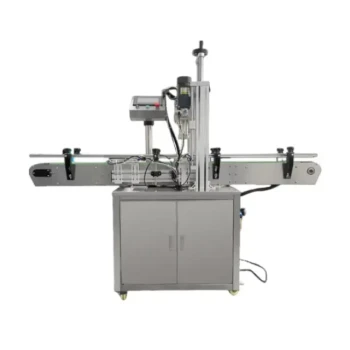At its core, a honey stick machine is a specialized packaging device, and its type is defined less by the final stick's style and more by its operational design. The primary classifications are based on production throughput (single-lane vs. multi-lane) and the level of automation (semi-automatic vs. fully automatic), which determine how many sticks are produced per cycle and how much operator involvement is required.
Choosing a honey stick machine is not about finding different "styles" of stick, but about matching the machine's production capacity and automation level to your specific business goals, whether you're a small-batch artisan or a large-scale commercial producer.
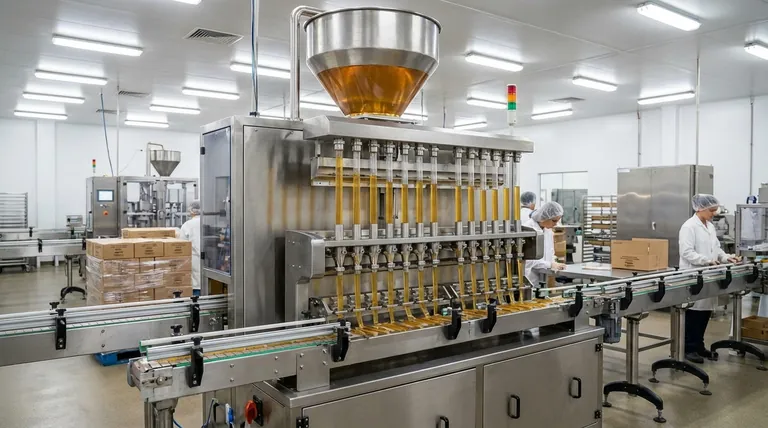
The Two Core Classifications of Honey Stick Machines
To make an informed decision, you must understand the two fundamental ways these machines are categorized: by the number of sticks they produce at once and by the amount of human labor they require.
Classification 1: Production Throughput
This refers to the machine's raw output capacity, which is determined by the number of filling "lanes" it operates simultaneously.
Single-Lane Machines
A single-lane machine produces exactly one honey stick per operational cycle. This design is simple, compact, and more affordable.
It is the ideal starting point for small-scale operations, beekeepers selling at farmers' markets, or businesses testing a new product line without a massive capital investment.
Multi-Lane Machines
A multi-lane machine is designed with two or more lanes, allowing it to fill, seal, and cut multiple honey sticks in a single cycle.
These are built for growth and scale. Some models, referred to as "twin" machines, have two lanes, while high-capacity industrial versions can have many more, producing up to 1,600 sticks per minute.
Classification 2: Level of Automation
This defines how much manual intervention is needed during the production process. The choice here directly impacts labor costs and operational efficiency.
Semi-Automatic Machines
A semi-automatic machine automates the core process of filling and sealing the sticks. However, it still requires an operator for key tasks.
Typically, the operator must manually load the roll of packaging film and remove the finished honey sticks as they are produced. This offers a balance between cost and efficiency for small to medium-sized productions.
Fully Automatic Machines
A fully automatic machine integrates every step of the process, from start to finish, with minimal human oversight.
These machines automatically load the film, fill and seal the sticks, and discharge the final product for collection. They are the standard for large-scale commercial operations where maximizing throughput and minimizing labor costs are paramount.
Understanding the Trade-offs
Selecting a machine involves balancing cost, speed, and labor. Each machine type comes with inherent compromises that you must consider for your specific context.
Cost vs. Throughput
The initial investment is the most significant trade-off. A single-lane, semi-automatic machine has a much lower entry cost but produces far fewer sticks per hour. A multi-lane, fully automatic machine is a major capital expense but delivers unparalleled production speed.
Labor vs. Automation
A semi-automatic machine requires a dedicated operator, adding a recurring labor cost. A fully automatic machine runs largely on its own, reducing labor expenses but requiring more technical skill for setup, maintenance, and troubleshooting.
Flexibility vs. Scale
Smaller, semi-automatic machines are often more flexible for running small, custom batches with different honey types or packaging. Large, high-speed automatic machines are optimized for long, continuous runs of a single product and are less efficient to switch over.
How to Choose the Right Machine for Your Operation
Your choice should be guided by your current production needs and future growth ambitions.
- If your primary focus is starting a small or artisanal business: A single-lane, semi-automatic machine offers the lowest initial investment and is perfectly suited for small-batch production.
- If your primary focus is scaling an existing operation: A multi-lane machine is your next logical step; choose a semi-automatic model to manage costs or a fully-automatic one if reducing long-term labor is the priority.
- If your primary focus is maximizing output for mass-market distribution: A fully-automatic, multi-lane machine is the only option that provides the necessary speed and efficiency to compete at scale.
Ultimately, the right machine is the one that aligns with your operational capacity, budget, and business strategy.
Summary Table:
| Classification | Key Feature | Best For |
|---|---|---|
| Single-Lane | Produces one stick per cycle | Small-scale, artisanal producers |
| Multi-Lane | Produces multiple sticks per cycle | Scaling operations, commercial production |
| Semi-Automatic | Requires operator for loading/unloading | Small to medium businesses balancing cost and efficiency |
| Fully Automatic | Minimal operator involvement | Large-scale production, maximizing throughput |
Ready to Scale Your Honey Stick Production?
Whether you're a commercial apiary or a beekeeping equipment distributor, choosing the right machine is critical for efficiency and growth. HONESTBEE supplies a full range of high-quality, wholesale honey stick machines tailored to your operational needs. We help you balance cost, throughput, and automation to maximize your ROI.
Contact our experts today to discuss the perfect machine for your business!
Visual Guide
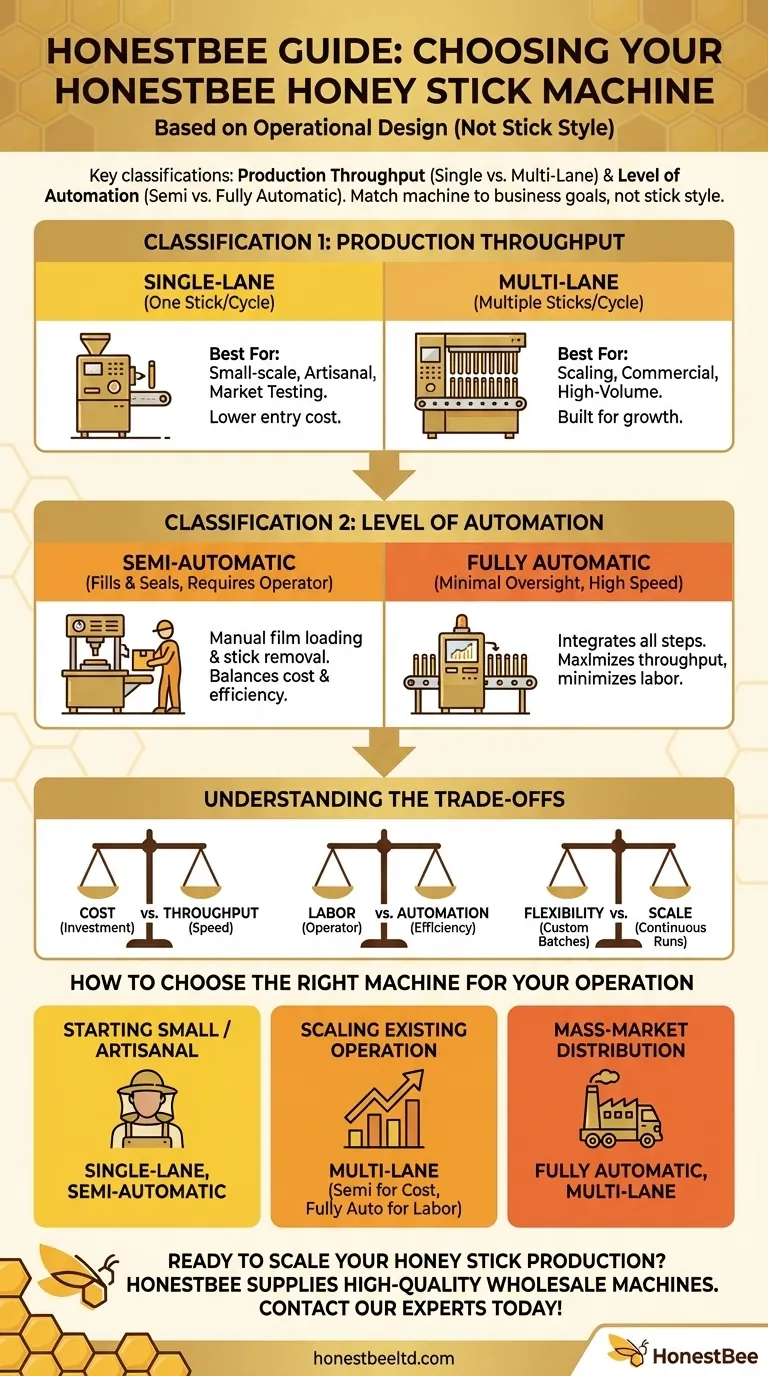
Related Products
- Fully Automatic Honey Filling Packaging Machine for Processing Line
- Double Nozzle Small Honey Filling Machine Honey Sachet Packing Packaging Equipment
- Manual Honey Filling Machine Bottling Machine for Honey
- Semi Automatic Small Honey Bottle Filling Machine Honey Filler
- Automatic Honey Filling and Filtering Machine for Beekeeping Bottle Filling
People Also Ask
- What are the types of bottling machines used for honey? Find the Right Filler for Your Scale
- How does production volume influence the choice of a honey packaging machine? Scale Your Operation Efficiently
- How does an overflow honey bottle filling machine work? Achieve Perfect Shelf Appeal for Your Brand
- What are the maintenance requirements for honey packaging machines? Prevent Downtime with a Simple Cleaning Routine
- What is a honey processing machine? A Complete Guide to Automated Honey Production






